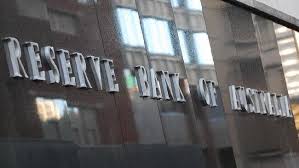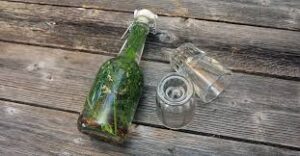As I’ve mentioned before (ME18 Pale Waves), we have friends in Lubec on the Maine-New Brunswick border, overlooking the Bay of Fundy. You can drive from the United States border to Campobello Island in Canada – an instructive exercise in itself. However, driving across to have a lunch of lobster is a good enough reason to go to the Island once one has tramped around the Roosevelt exclave. The house has beautiful views over the Bay of Fundy. Driving across the Canadian border is no problem, but coming back the other way across the United States border, even with your American friends you are liable to be greeted by an officious, albeit offensive, border official, who more often or not will want to look very closely at the boot of your car, if not to frisk you.
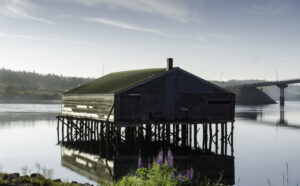
This is an aside to an observation that was made to me that a United President would not dare vacation outside the United States these days. Campobello island was where Franklin Roosevelt had the family holiday house; it was where he came to unwind as a young man; it is where he was stricken with poliomyelitis.
Later in his Presidency he used to relax at Warm Springs in Georgia and rarely went to Campobello after he became President.
The United States Presidents know that there are beautiful places to vacation in the United States and even Campobello island is only spitting distance away, but note: after he became President Roosevelt he went to Campobello only once a year until 1939 and then that was it!
Now just why did Fran Bailey sack you?
Where do you start with Scott Morrison?
I always remember when Prime Ministers took their Christmas break they holidayed in Australia, even when the rich lent them a place in which to relax.
Look Prime Minister, I’ll come clean. I took a trip to the United States with Leader of the Opposition at the same time of the year you went to Hawai’i. Let me say, we did not tell the press gallery, but there was an important task to be sorted out. It was late 1974, just after Bill Snedden had survived the first challenge to his Leadership by Malcolm Fraser, and that and accompanying machinations had been kept away from the Press. Even Laurie Oakes did not get wind of it – nor Alan Reid. So not telling the press is legitimate, on the grounds of when it does not ask, why tell. The smart journalist will generally work it out.
Our visit to the United States was brief and Snedden was back and able to go to Darwin to view the devastation caused by Cyclone Tracey on Christmas day. The reason he went to the United States merited some degree of discretion, but for God’s sake a holiday with the wife and kids. Why the secrecy?
The only residual question is who paid for the holiday? The reason he did not disclose where he and the family went? Was it because it was somebody’s private luxurious pad? Now the reason for the secrecy has been cast against a backdrop of security.
The Prime Minister was reported to have returned via Hawaiian Airlines. I have flown Hawaiian Airlines as probably a number of you have too. Friendly environment, but hardly the most secure. When one of the pilots wants to go to the toilet, the cabin staff block the aisle with food trolleys. Also, unless the holiday was on Oahu, there would have been intermediate air travel, which would have accounted for the time lapse. The whole process shouts “Swiss-cheese” security.
I would have thought that the damage of being absent in an undisclosed location had been done. Finish the holiday and come home with the family. However, the whole episode has an element of panic, and given that the Prime Minister seemed to have difficulty with communicating anyway, he may have been on one of those beautiful resorts, perhaps on an outer island.
Now, Prime Minister, you are back in the country at a time when increasingly the whole nation knows you have ignored warnings, scoffed at global warming, sat on you hands in relation to water, and have no environmental plan to combat climate change. It seems that you remain defiant. The nation may view you as just stubborn to cover impotency, because you have done nothing but treadle the looms of the marketing flack that you once were.
One of the reasons you took the holidays is that you intend going to India and Japan in January to meet two of Australia’s pinups – Modi and Abe. The whole exercise shouts “Coal”.
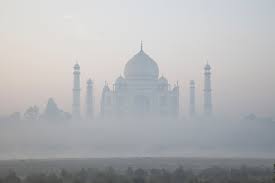
I doubt if nature will call a truce for you while you go calling on them. But at least we shall know where you are when the fires are burning. I suppose if you will be doing your best to ask them to reduce their country’s contribution to World pollution and from Modi in particular tips on how to enact religious freedom, then it could be viewed as genuine contrition and be excused. But not if you are doing a coal deal and the flames are licking the edges of the Shire.
Let me say I am more concerned with how the volcano burns victims are getting along, especially when there is the potential for the health system to deal with more serious burns victims from these fires.
And one more thing, if you really looking for a really exotic location for “you, Jenny and the kids” go and keep the Biloela family company on Christmas Island; still part of Australia.
Everybody, Prime Minister, should have a road to Damascus moment.
Personally, I did not feel any anxiety about you being away. From reading the notes scattered on that road and the anger generated, you will be lucky to have Murdoch still supporting you – after all, he gave McMahon away as a bad job. The only thing you have on your side is time until the next election and the fickle nature of the attention span of the Australian to wash this incident away.
The Boy from Wagga Wagga
I have met some impressive National Party leaders, but the current one I have not met. However, from a distance Michael McCormack is not impressive.
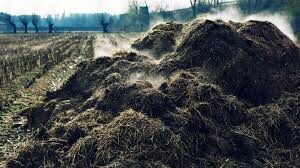
In his fumbling response on climate change he mentioned three factors that he thought were important. McCormack is reported to have said that: “dry lightning strikes, arson and self-combusting piles of manure” were among the causes.
At least he peppered his invective with an attempt to diagnose the problem – somewhat thin, but a statement which raises the question of whether they are relevant elements to be pursued by government. Now that is the genesis of a policy.
In the background however, among his followers infected by the Hanson bacillus , bushfires are all about the Greens – it’s their fault not allowing for hazard reduction and allowing all those wicked national parks to stay in existence. Unfortunately, I was talking to a friend and he repeated the nonsense.
The mayors of five local councils in NSW, one of which is Randwick, are members of the Green Party, and there are 58 Green Party members scattered across 31 councils; hardly a coalition of obstruction. One can criticise the Greens for being conservative heritage protectors, but they are not the only people trying to retain “old growth”.
Yet the right wing columnists spread conspiracy theories about the Greens manipulation as reasons for the fires. For God’s sake we have conservative government both federally and in NSW and the lack of policy and planning in the face of climate change is not due to obstruction by the Greens.
It is our governing politicians doing nothing.
The problem with many politicians is that they do not have the capacity to read – they are functionally illiterate. They have to be told because they cannot read. If they could read then they would look over the science and see that although there are a few areas of scientific fact in contention, there are agreed facts.
Read what the science says: once fires get to a certain temperature then it doesn’t matter how much hazard reduction one does, the country still burns. The burnt vineyards in South Australia were manicured and easy to access, and yet the fire still ripped through the vines.
How you build a national bush fire policy is to mitigate risk. The first statement from McCormack in this interview was “put the fires out”. The unquestioning outcome, but a Hillsong prayer is not the only option.
Science says it is unwise to build on steep slopes, ridge hilltops and riverine bush, where access roads are minimal and where access are cute cul-de-sacs. The fires came eventually to a friend’s house sweeping off the ridge and engulfing this holiday home. Hazard reduction won’t change the vulnerability of gutters with overhanging eucalypts if the fire front is charging down the slopes and the tree crowns are exploding. Before the fire, the ocean views were extraordinary; there were koalas in the trees and the house nestled snugly on the slope had only one access road. New building regulations have seen the house yet to be rebuilt after four years.
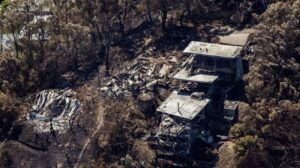
Turning to the matters McCormack raised. Evidence suggests that about five per cent of fires are started by lightning strikes. Here the Hillsong prayer may be the only option.
Arson is difficult to prevent. True pyromania is thought to be rare, and laying to one side insurance and criminal arson, the other arson profile that the fire brigades looks out for are the “hero” arsonist; a profile that in the United States is predominantly white males between 16-30 years of age. There is another potentially very dangerous group – the revenge arsonists where there is a fine line between revenge and terrorist.
I was in Valparaiso, Chile, in August. Driving by the quaint houses clinging to the steep slopes above the city proper where access roads are narrow and poor, I didn’t think about bushfires. However now these suburbs are burning, as this coastal city goes up in flames – as does the surrounding country side with its forests and picturesque vineyards. There are reports that these fires have been deliberately lit.
On the third matter, waste management is an increasing matter for national policy and not just how to dispose of paper and bottles. The mixture of bacteria and the oxidation process of substrate such as cellulose are an ever-present problem. Trying to develop a national policy on waste management, where incineration is one solution, means that fire control should be a priority. That does not factor in the development of illegal waste dumping of flammable toxic materials in remote unsupervised bush lands. Mr McCormack, waste management policy is not just about picking up cow pats on your property before they explode into fireballs.
A report from California that is instructive is saying that most human-caused fires are accidental and avoidable, such as a burning cigarette carelessly tossed out a car window. But Californian fires can also start from “fireworks (the odds of a California wildfire double on July 4), improperly extinguished campfires, out-of-control burn piles, hot vehicle parts making contact with dry grass, power lines rubbing and arcing in windy conditions, and a variety of other causes. A surprising number of fires start when trailer chains or wheel rims strike pavement and send sparks flying.” This last situation is the likely cause of one of the most deadly Californian wildfires. The Californian attitude is far more cavalier than that of the Australians, and universal bans on lighting of fires are harder to enforce. However, there is an increasing recognition that there will be longer and hotter periods as summer merges with spring and autumn. The end result means a drier and drier landscape.
Hazard reduction by all means – but have we a systematic nationwide policy on hazard reduction and one that will become increasingly narrowly focused when climate change has rapidly reduced the available days for hazard reduction, and the community will increasingly become layered in smoke from fires spreading over those remaining days. The nation will become very impatient with a government that blames the Greens.
The bushfire is a complex challenge; it demands coherent policy; it also demands the funds to efficiently and effectively manage the challenges and, given the way the water policy has been corrupted, to also deal with the other factors that affect how we as a nation can respond to widespread bushfires. What happens when there is no water to fight fires?
Perhaps the best form of hazard reduction would be to remove the rent seekers and the other parasites that bug our political system. The problem at present is they wield the levers of power not the hoses. Barnaby Joyce’s bizarrely berates the government and demands it get out of his life – well, yes, but first the government should give us back our water, then it should have to courage to develop some decent policy recognising that we are in a different climate ballgame now (yes, the Prime Minister can take his baseball cap off to that) and then everyone might get out of Barnaby’s life.
However, all revolutionaries by their nature are optimists. I am and always have been an optimist – even now one foot away from a minha cadiera de rodas
Christmas on the move
Christmas was never a good experience when I was young. We generally went to my grandmother’s place, and the day generally ended in unpleasantness, as one or other family argued among themselves – and when I was young I generally engaged in fighting one of more cousins at some stage during the afternoon. The item of consumption that sits uppermost in my memory was my grandmother’s obsession with making Yorkshire pudding to top off the roast bird. It was one of Cook’s lesser legacies to Australian cuisine.
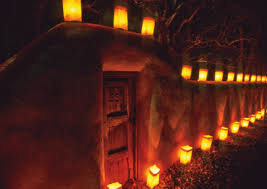
While I had my 1956 Christmas in the Sea of Japan on the S.S Taiping, my nomadic Christmases started in the 1980s – different year; different place. However, the only time that I remember snow in any quantity was Christmas in Santa Fe. Snow was a foreign experience to me, and so trudging through snow covered streets lighted by farolitos – candles stuck in sand in paper bags. In the freezing cold we were part of the congregation at an outdoor Navajo Mass. The mass was memorable with its Navajo interpretation that included the final benediction of a sort – the man close to us raising his rifle and firing a shot into the darkness.
All part of celebrating the miracle of Christmas wherever you may be.
And given it is Friday 27 December, may I wish you all the Best for the Feast of St Stephen – at least east of Rome.
Mouse Whisper
The ultimate put down.
Asked if he liked Melbourne, Augustus Woodley Bernal replied:
“Immensely. But don’t you think it’s a little too far from town.”
Bernal spent some time on the Bendigo Goldfields as a Commissioner in the early 1850s.
Chortle, but remember it was people like Bernal who came, saw and went back to Britain – just leaving the questionable imprint of the British gentry.
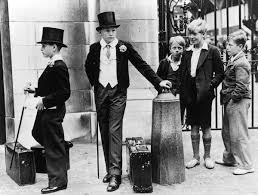

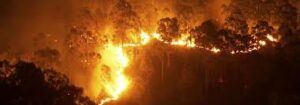

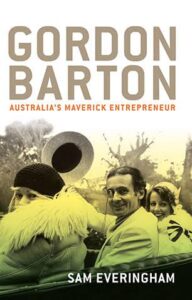
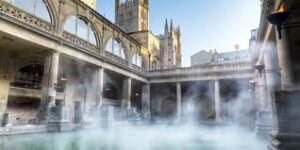

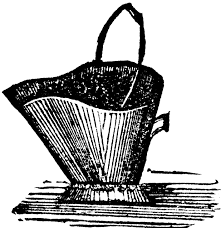
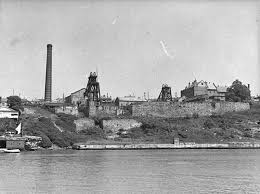


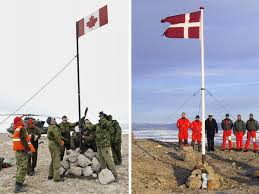
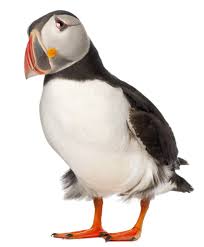

 The Chinese I’m sure will be watching. They are always in for the long haul. The “China Watch” provides a useful insight into the thinking, even if we Australian readers may think it a bit of Sino-“puff”, remember “puff” is followed by the dragon – the magic dragon.
The Chinese I’m sure will be watching. They are always in for the long haul. The “China Watch” provides a useful insight into the thinking, even if we Australian readers may think it a bit of Sino-“puff”, remember “puff” is followed by the dragon – the magic dragon.
